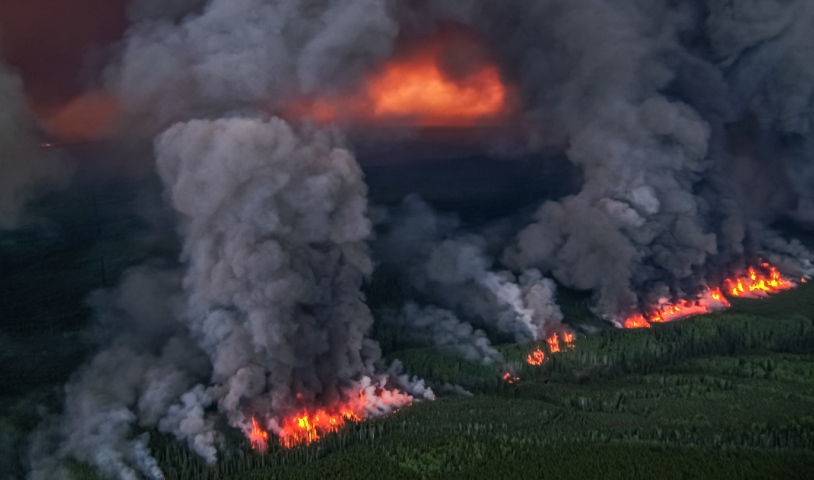Federal review panel unsure of its role in reviewing stalled B.C. mine
Tuesday, March 5, 2013
A federal review panel weighing the future of a stalled gold and copper mine in the B.C. Interior is wondering just what, exactly, the panel is supposed to be assessing in the wake of federal changes to the environmental assessment process.
The billion-dollar New Prosperity mine proposed by Taseko Mines Ltd. was already rejected once by a previous Canadian Environmental Assessment Agency panel, although it received provincial approval.
The company changed the plan for the mine near Williams Lake and the revised project was referred to the federal agency for assessment in November 2011.
Then, last year the Conservative government made changes to the Canadian Environmental Assessment Act, and last August Environment Minister Peter Kent amended the terms of reference for the panel.
Those changes were to "clarify the reporting requirements to ensure the panel's report identifies those conclusions and recommended mitigation measures that relate to the 'environmental effects' to be taken into account...," Kent said in a letter to the panel.
But it appears they do anything but.
The definition of "environmental effects" is different in the new terms of reference than it is under the new act.
In a March 4 letter to the federal environmental assessment agency, the panel asked which definition should guide their review.
The difference could be significant.
Jay Nelson, the lawyer for the Tsilhqot'in National Government, said the old definition was broad but the new definition lists specific areas for consideration.
"The whole point of this second review is meant to see whether the company has really addressed these fairly substantial cultural and environmental impacts," Nelson said.
"Now the company is arguing that this new panel shouldn't be able to look at the same environmental effects that the original panel did, that it's range in narrower ... If that's the case, it calls into questions the whole purpose of this second review."
For example, the original panel found the project could have significant impact on grizzly bears.
"Nobody knows the exact scope of this new definition, so it's hard to say with certainty what's in and what's out." Nelson said. "When we look at the new definition, it's not clear that that definition captures impacts on grizzly bears or any other wildlife, for that matter."
The company, in submissions to the panel, said the amended act clearly limits the effects to be considered and it is "absurd" to contend that the minister can supersede that definition.
The discrepancy is "simply an oversight," said a letter sent last month to the panel by Karl Gustafson, Taseko's lawyer.
"We believe that the minister has no legal authority, by establishing terms of reference, to effectively override the statutory definition of 'environmental effects' for the purposes of an environmental assessment under CEAA 2012," the letter said.
"Moreover, we do not believe that there is any indication that the minister ever intended to do so."
Groups including the Tsilhqot'in National Government, Amnesty International and Mining Watch Canada urged the panel to consider the broader environmental effects that led the first panel to reject the mine.
The primary reason for the failure of the original project was a plan to drain Fish Lake, a lake of cultural significance to local First Nations, for use as a tailings pond. The revised plan preserves the lake, but Nelson said there were other environmental issues identified by the first panel.
"The integrity and legitimacy of this second process is at stake," he said.
Taseko said the mine 125 kilometres southwest of Williams Lake would create 550 direct jobs, and contribute $340 million in gross domestic product for B.C. annually. Over the 22-year life of the project, it would contribute more than $1 billion in government revenues.
The company resubmitted its environmental impact statement last week. The panel has 235 days from the time the company submits the final environmental impact statement to issue its report.





